It’s the quiet time of year. After the festive madness and before the world starts waking up again for the first days of Spring. We tend to retreat to our homes to restore our energy for the year ahead, to allow ourselves to think and set some intentions for the long term. If there was an interior style that would most suit our mindset right now, it would be ‘Japandi’. Quiet, understated and meaningful. It’s a design style and philosophy which is very much aligned to the Hygge & Cwtch values, so we wanted to share a bit more with you.
What does Japandi mean?
In case you haven’t guessed from the name, Japandi is a blend of Japanese and Scandinavian design styles. Japandi, like the ‘hygge’ and ‘wabi sabi’ movements, is not just an interior design trend, it’s a philosophy. A way of living which can be supported by a particular style of interior design.
It’s about contentment, slow living and simplicity. Pairing the simplicity at the heart of Scandinavian living with the quiet calm of the Japanese culture. If you’ve read any of our previous posts about wabi sabi and hygge, you’ll know that they are all philosophies which share these common traits. The design styles work so well together because they’re all striving to achieve the same thing.
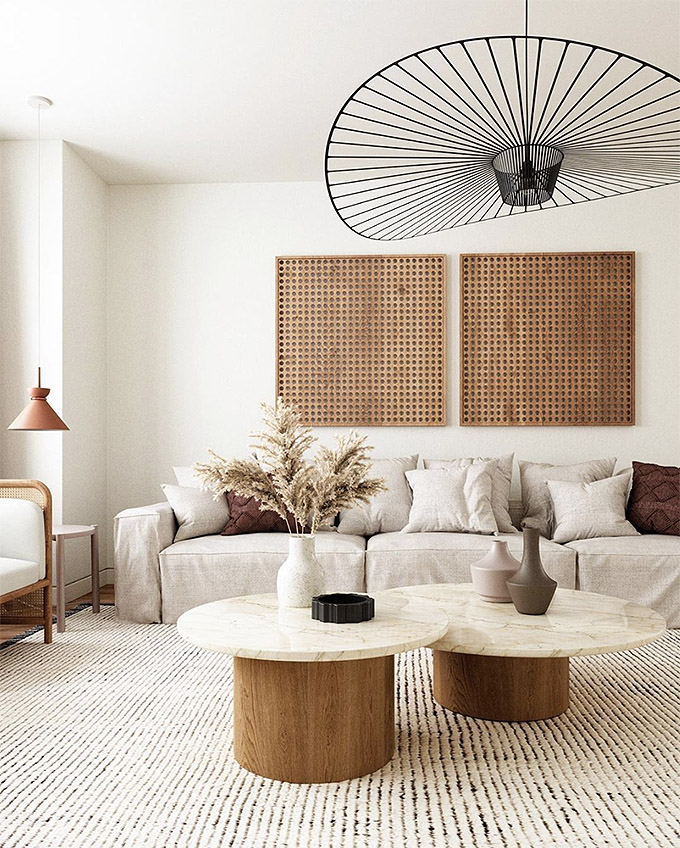
What does the Japandi design style look like?
Japanese and Scandinavian design styles are both based on minimalism, functionality and sustainability. Lots of natural materials, simple shapes, neutral colours and unfussy prints. There is a lot of mutual ground between Japanese and Scandi styles and so bringing them together feels like an unforced and natural fit.
Japandi design is full of contrasts. A harmonious, muted colour palette is cut through with a highly contrasting black. Sleek, modern lines are offset by curves and softness. It blends both a soft, feminine elegance with a clean and masculine vibe. Despite all of the contrasts, the overarching simplicity of the style directly supports the Japandi philosophy and way of life. To live simply and contentedly.
If you like the Japandi look and want to create that sense of restful harmony in your own home, here’s our quick guide to Japandi design.
Considered colour palettes
The Japandi colour palette, drawn from both the Scandi and Japanese styles, is very much based in neutrals. Creams, off whites, greys of all shades and tones. The key is to find the balance between blending muted tones and textures to create depth and a harmonious effect, with high contrasting shots of black or dark wood to ground the lighter colours, delivering that mix of feminine and masculine.
Here at Hygge & Cwtch, we love colour. So our approach would be to take the Japandi influence but to introduce colour without it feeling jarring or off track. It could be pastels or shades with more depth, but it’s all about the earthy, nature-inspired colours which enhance the Japandi style while making it work for our client’s personal taste.
Natural textures
As a design studio, we are very much drawn towards biophilic design. We believe that wellness at home is rooted in staying connected with nature, and one way of doing this is to embrace natural textures. This is very much the basis of the Japandi aesthetic which is one of the reasons we’re so drawn to this style.
Wood is the main material featured in Japandi design. Often it’s the lighter oak and pine influenced by the Scandi style, but in particular we see a lot of bamboo which of course is from the Japanese. Linens, jutes, sisals and plenty of foliage add layers of texture and interest. The more elegant and intricate branches or softer bud stems, inspired by Japanese gardens, provide that instantly recognisable Japandi style.
Minimal and functional
Accessories in Japandi interiors are usually kept to a minimum. There to perform a function or to contribute to the aesthetic, they are intentional and meaningful.
The concept of ‘kanso’ in Japan is all about mindfulness for your furniture. Sounds a little strange maybe, but it’s basically about having an intention for each piece of furniture. Does it perform a function? Does it offer something to the space? Consider how your furniture could work harder on either a functional or an aesthetic level. Clever storage, interesting shapes, minimal yet beautifully designed. No furniture for the sake of it.
This minimalist, considered approach will help to achieve the next point…
Flow and space
Eastern design and spacial planning is very much grounded in the flow of energy, much like the Chinese ‘Feng Sui’. Taking a considered – or ‘kanso’ – approach to each piece of furniture and every accessory, ultimately will give us space. Space that we might ordinarily feel the need to fill with something but in doing so we disrupt the flow. This might mean to the flow of energy or more practically it could mean the flow of traffic through a room.
Clear space shouldn’t be feared but embraced. Try and remove a piece of furniture from a room and live with that extra space for a while. How does it make you feel?
Sustainability
A nod again to the biophilic movement, and heavily influenced by both Japanese and Scandinavian design, sustainability is key to the Japandi style.
It’s about well-made pieces, naturally durable materials and quality craftsmanship. Not following trends or buying (or keeping) items that don’t serve a purpose or that you don’t truly love. Just filling your home with quality pieces which you truly love and that will last a lifetime (or a long time at the very least).
We’d love to know what you think about Japandi design – come and join us on Instagram to let us know, or sign up to our newsletters for your monthly dose of Hygge & Cwtch news and inspiration.
And of course, if you’d like to transform your home – Japandi style or otherwise! – get in touch and let’s have a chat.
Previous Post
Next Post
For more of our latest projects, follow along on instagram at @hyggeandcwtchstudio.
© hygge and cwtch creative studio 2025 | all rights reserved | privacy policy | cookie policy
considered Art & INTERIOR Design for Beautiful Spaces
cardiff, CORNWALL & WALES
Hygge Cwtch
&
quicklinks
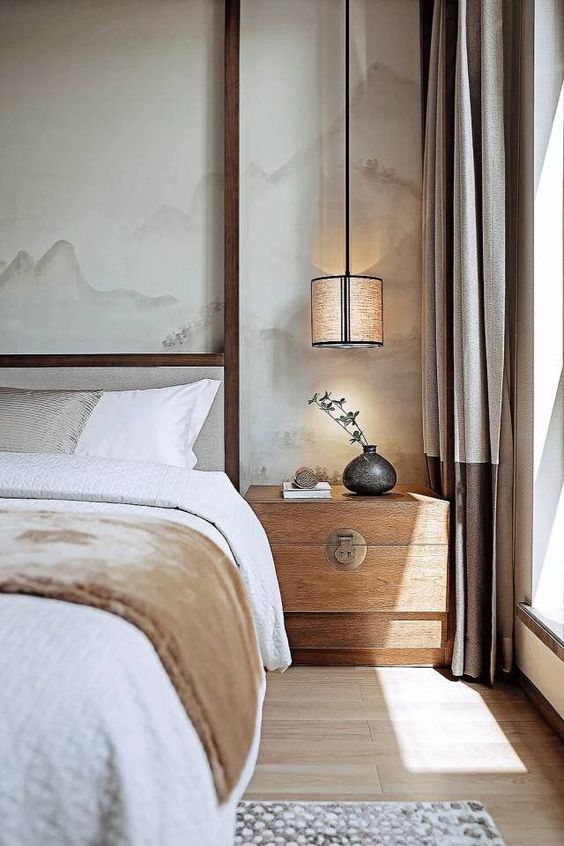
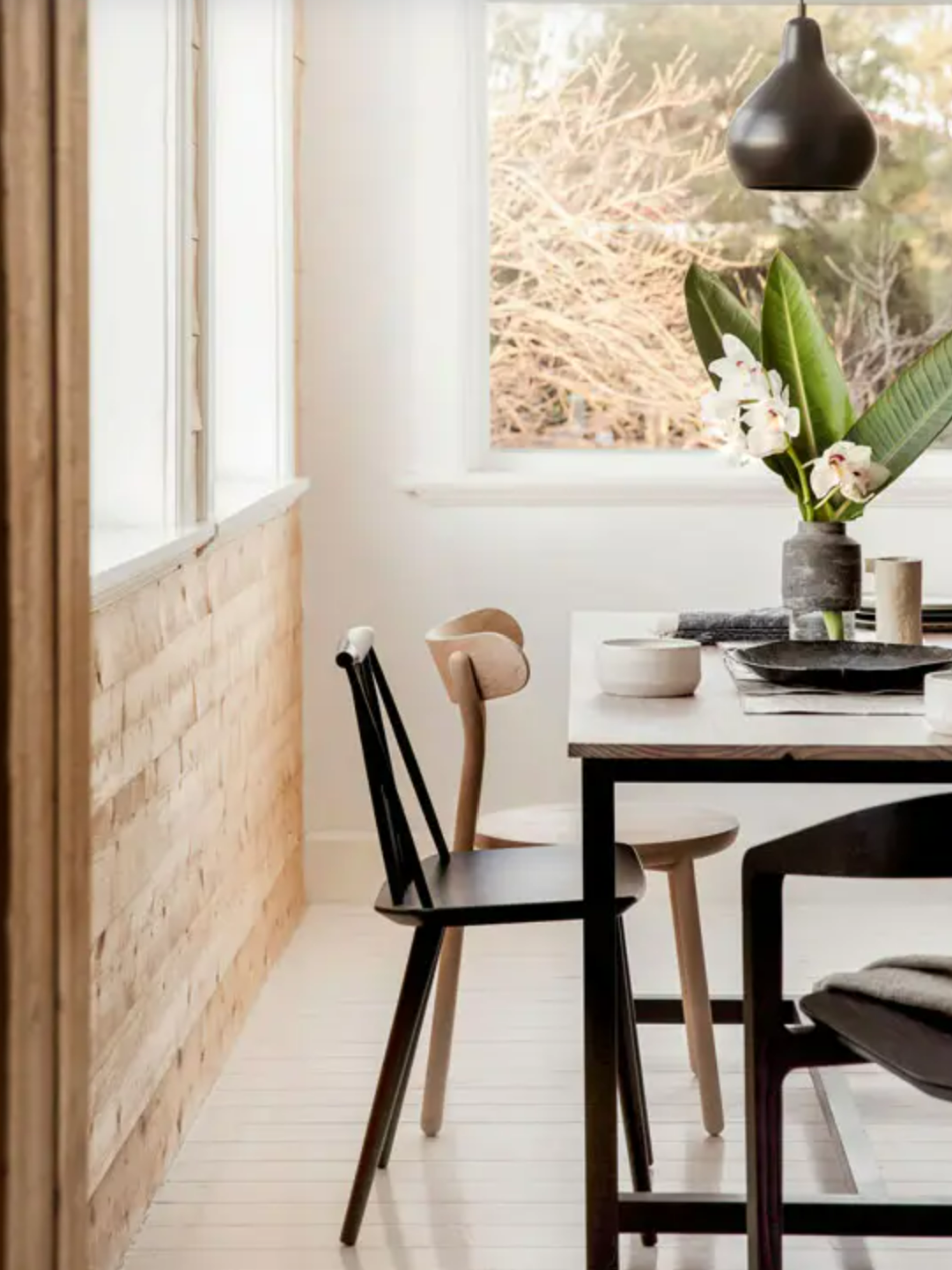
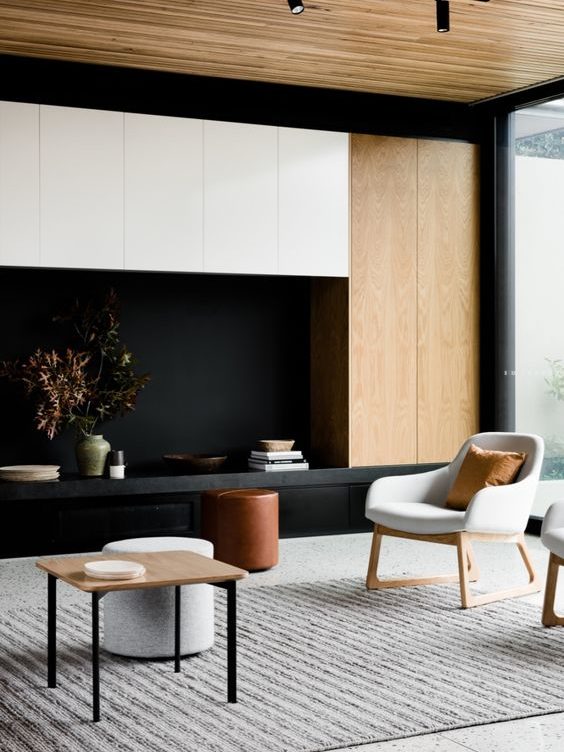
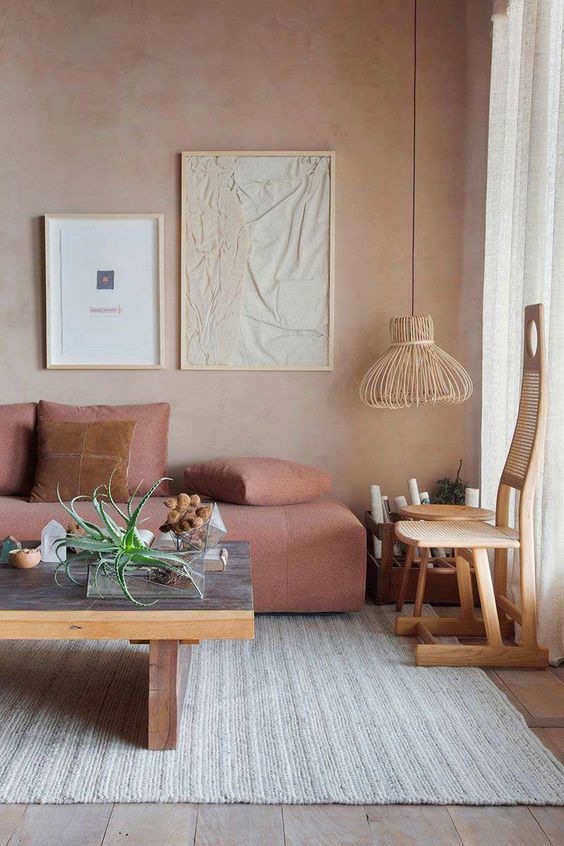
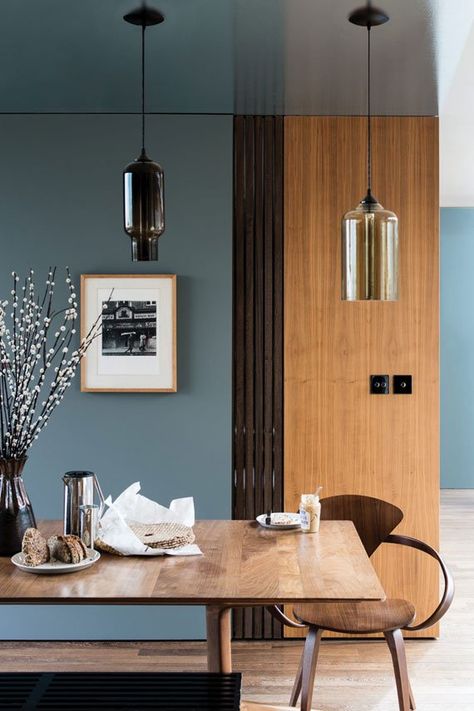
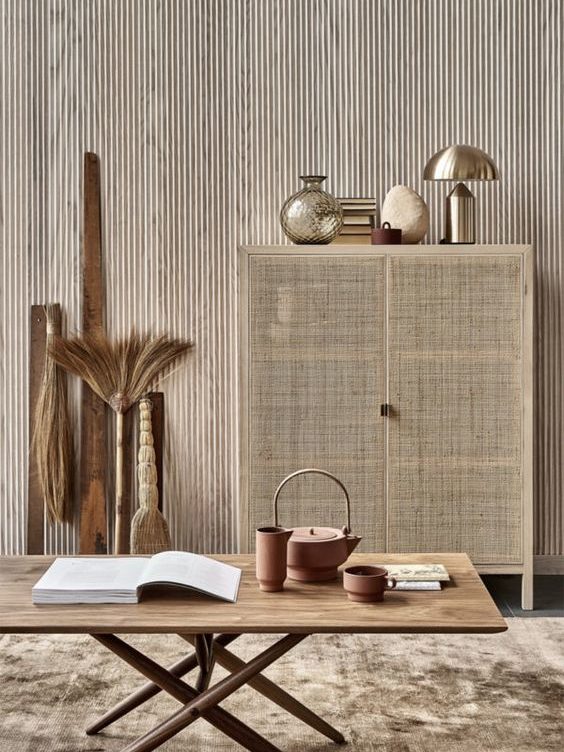
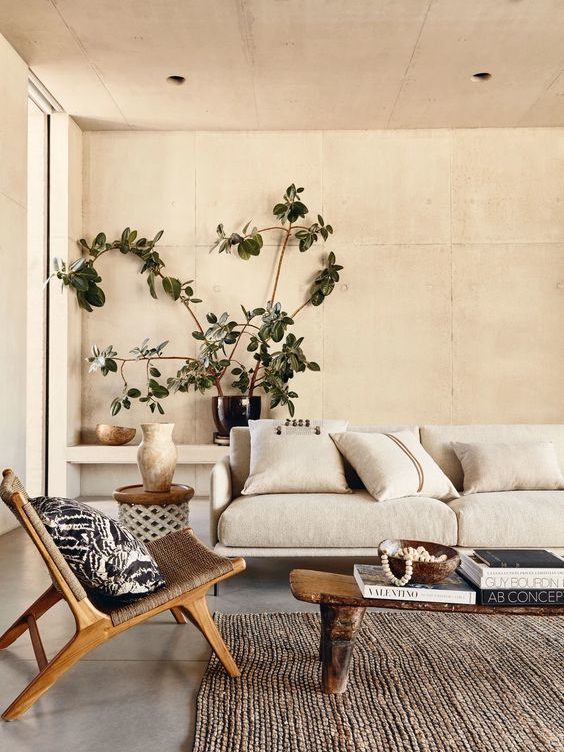
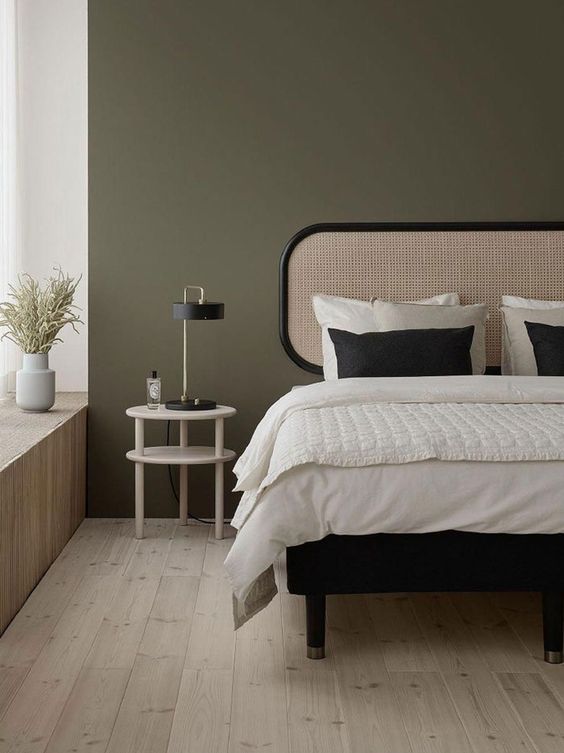

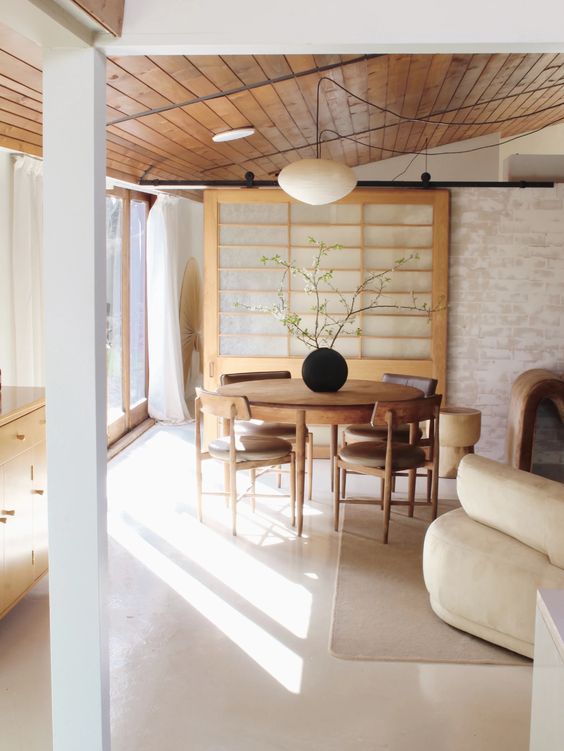
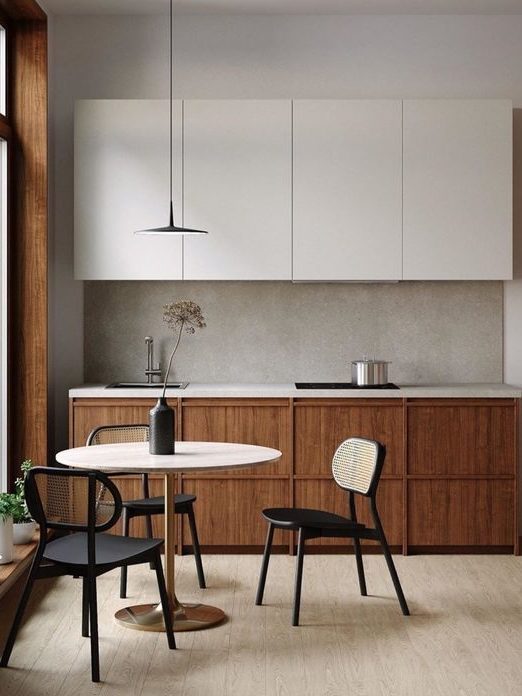
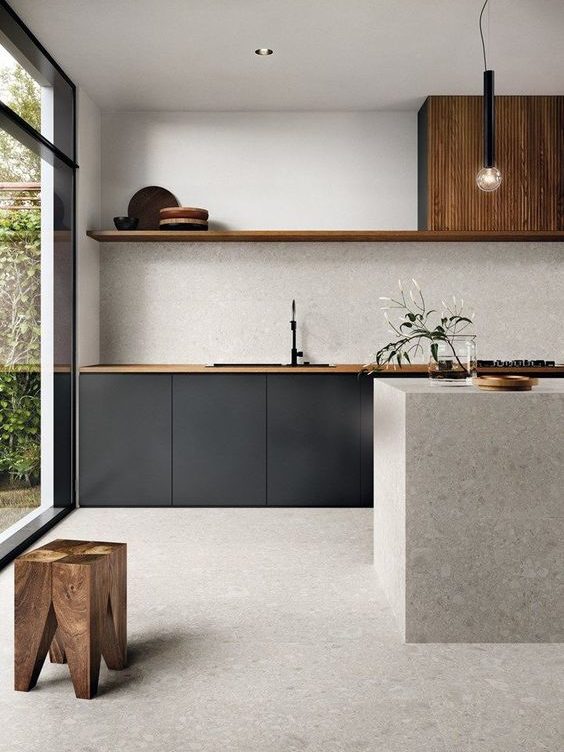
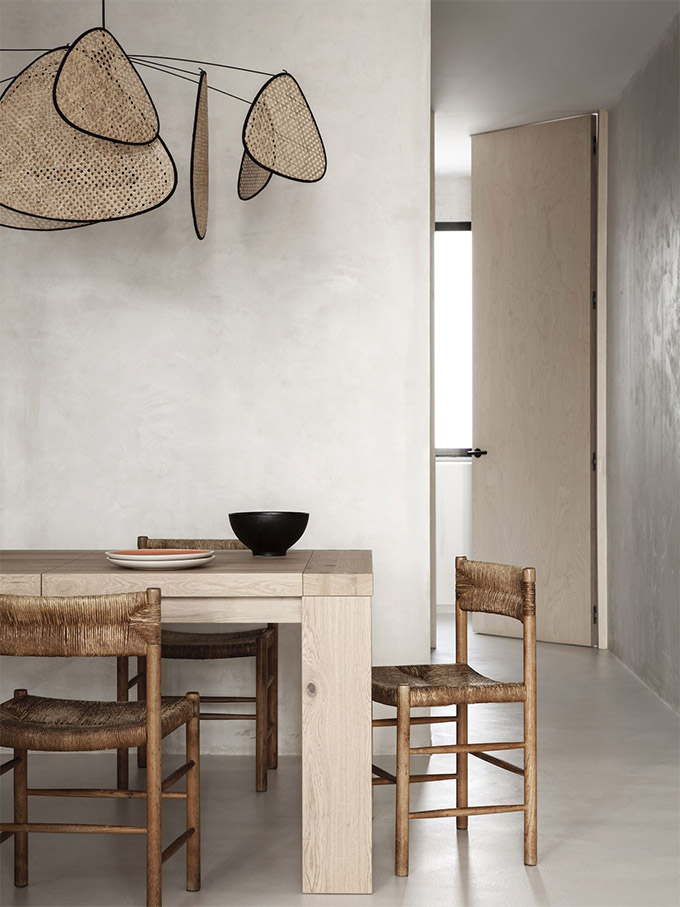
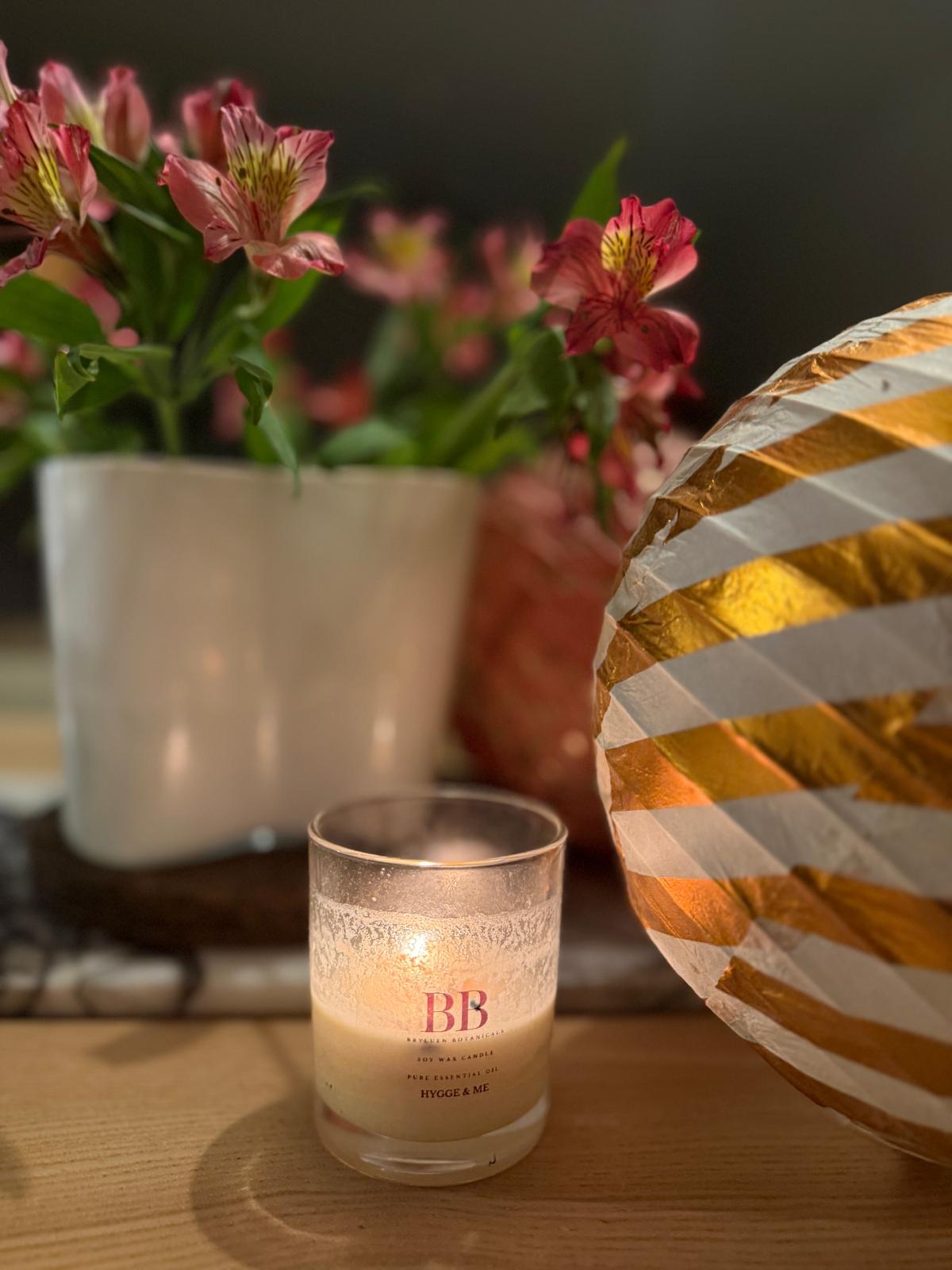
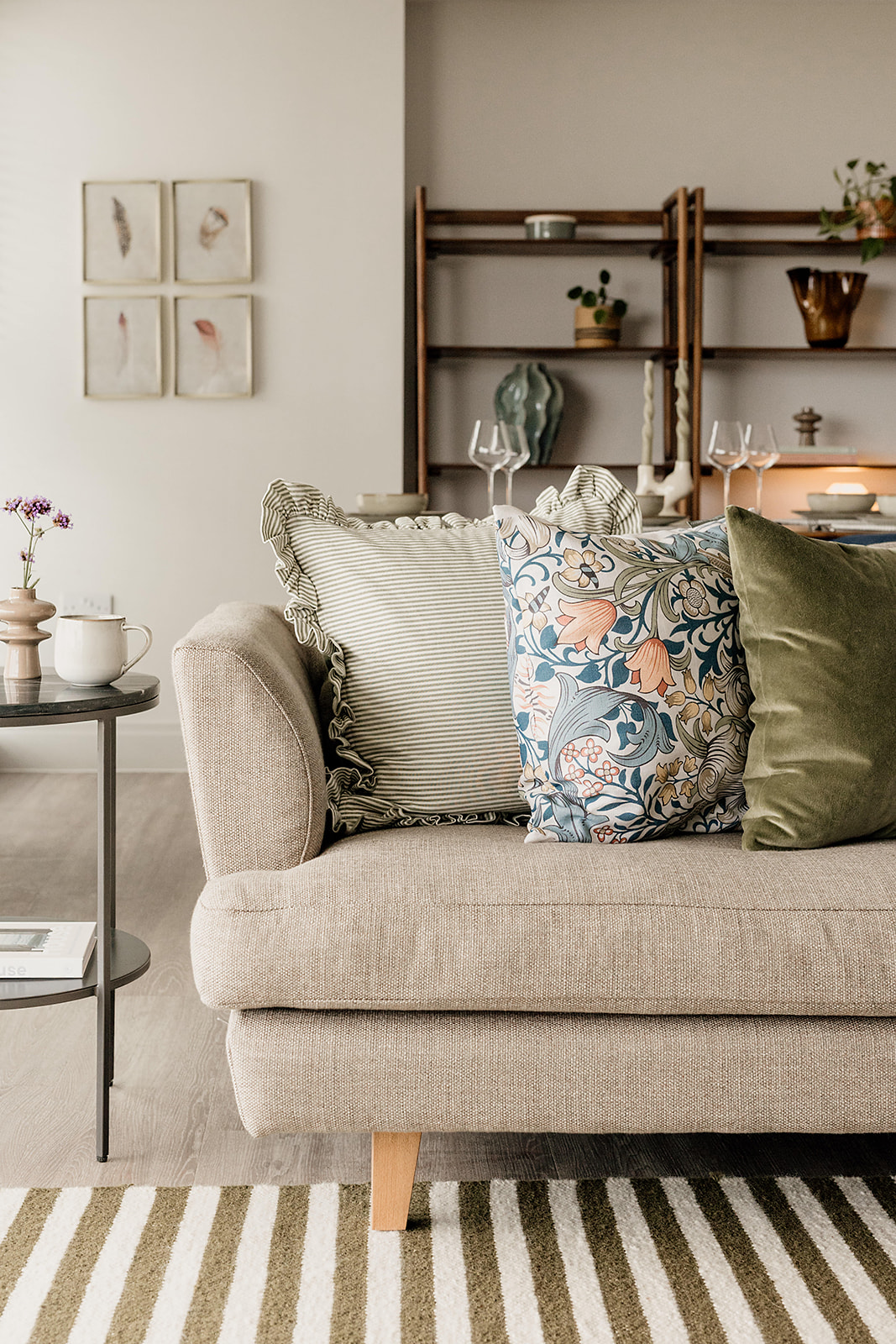
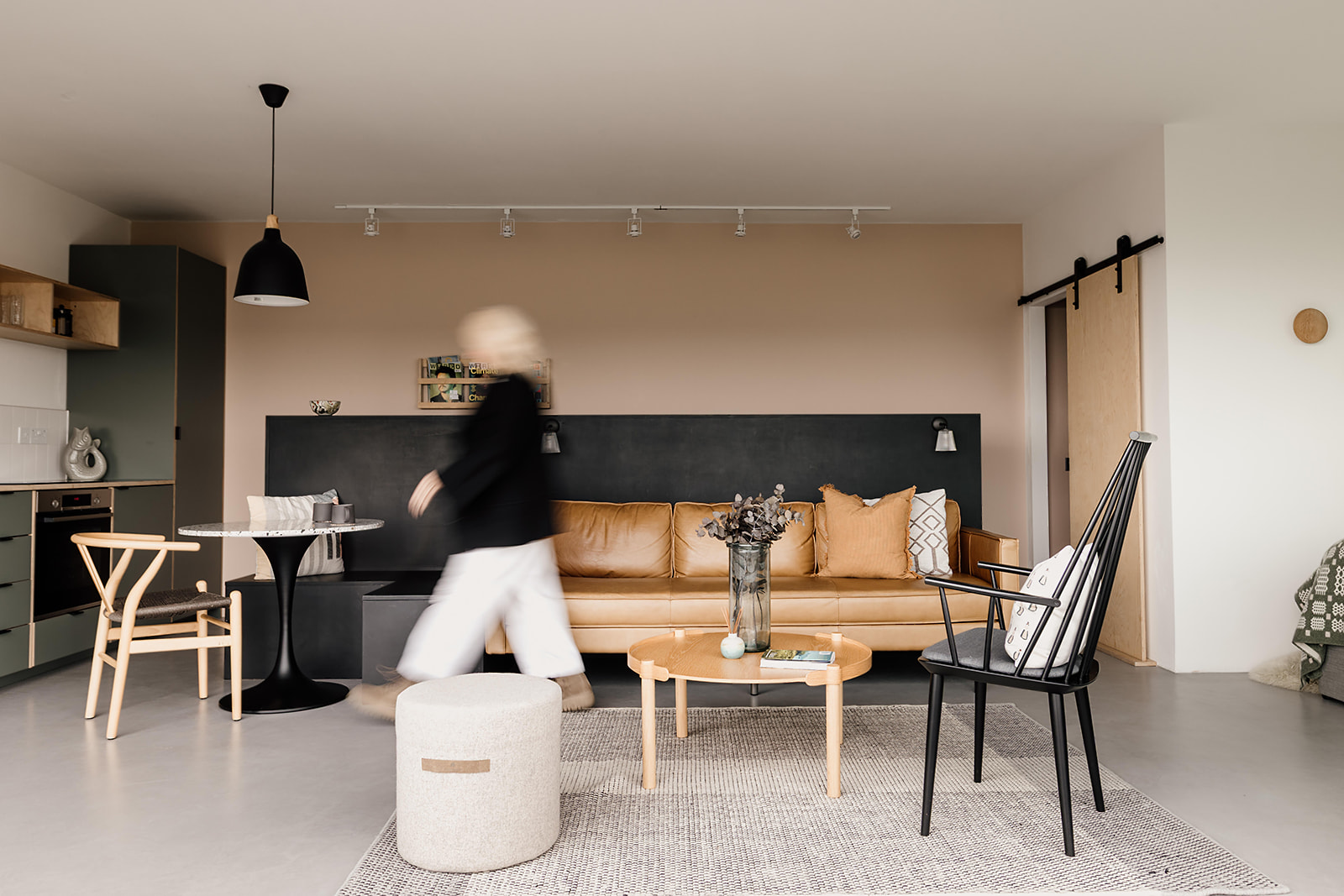



+ Show / Hide Comments
Share to: